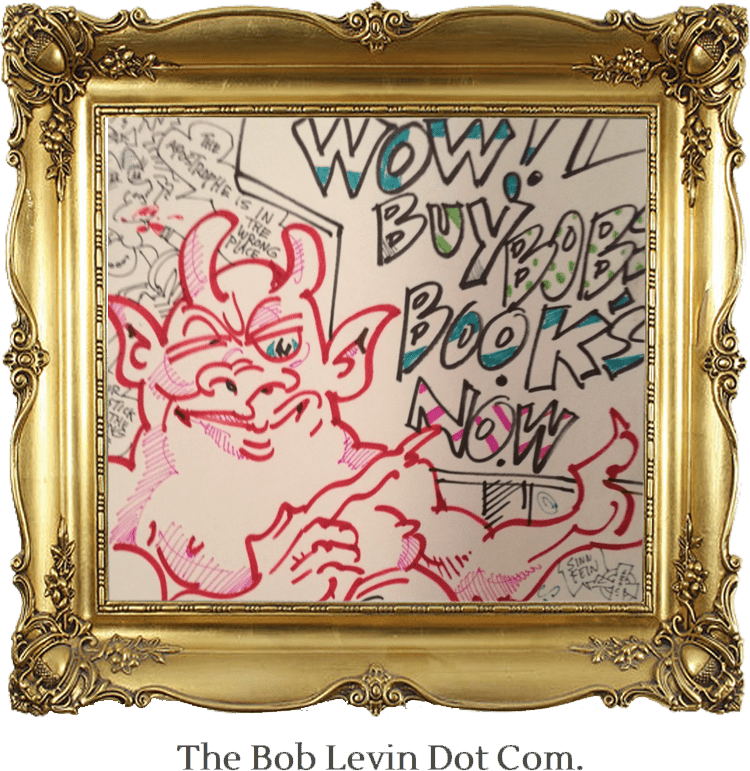I’ve known Walter Robinson since high school, when he was an aspiring jazz bassist. Life, as we know, takes surprising turns, and he’s now seeking funding for one of his. His pitch is below:
I wrote the music, script, and lyrics to a gospel musical based on the slave revolutionary, Denmark Vesey. Freedom Theater in Philly has committed to launch a fully staged production late spring 2016 to run thru the 2016 summer. Freedom is one of the few and best black theaters in the US. My show will serve as a centerpiece production for Freedom Theater’s 50th anniversary. The show run will also coincide with the DNC convention next summer. The African American Museum in Philadelphia (am working direct with CEO, Patricia Aden) is a partner with Freedom Theater on the launch, as well as Mother Bethel, a Black Historic AME church.
I needed help in one area that involves a very special opportunity, but which leverages all of the above and reaching a wider audience with this work.
Remember the massacre June 17th in the Charleston black AME historic church where a lone white youth gunned down the black pastor and eight others during a bible study? The church was co founded by Denmark Vesey. In fact the theme of my musical is “religious freedom through the eyes of the 19th century slave and Free Negroe.”.
So you understand the high quality of the work, my work also enjoyed a World Off Broadway Premiere in the prestigious NYC music theatre festival where it was chosen out of 400 international submissions. So you can read all the great NYC reviews and get all the information on the actual music here at: lookwhatawonder.com.
With that background here is my current opportunity and concomitant funding need:
We will present an empowering narrated concert performance version of my Denmark Vesey work in Charleston, SC this November 21 and 22 .
It will bring together Vesey’s historic AME church( the new pastor will narrate), with all the black churches in the city, plus the oldest white church, and the oldest reform synagogue in US –all as audience, with discussion following.
WE WILL PROFESSIONALLY VIDEO TAPE EVERYTHING…PERFORMANCE AND POST PERFORMANCE DISCUSSION.
The product will then be edited and disseminated to black churches, schools, and community centers across the country via our education collaborative networks with a study guide created by Facing History and Ourselves, an exemplary Boston curriculum non profit.
I need to raise five thousand dollars and am asking for help. Our non profit host is Called To Rescue, an anti-modern day slavery/ Human trafficking organization, so donations will tax deductible.
Even 50 or 100 will help. Let me know.
===========================
To donate:
Here is the donation information. They are now set up to receive, process, and distribute
for our Nov 21 and 22 performance needs.
Please kindly mail your check to:
Called To Rescue
Atten: Charleston Slavery Performance Manager
9709 NE 83rd Court
Vancouver, WA 98662
They will provide you with a receipt and 501c3 notice after they receive.
Make the check out to :
CALLED TO RESCUE
And write at bottom of check our specific reference notation:
“Charleston Slavery Performance”
